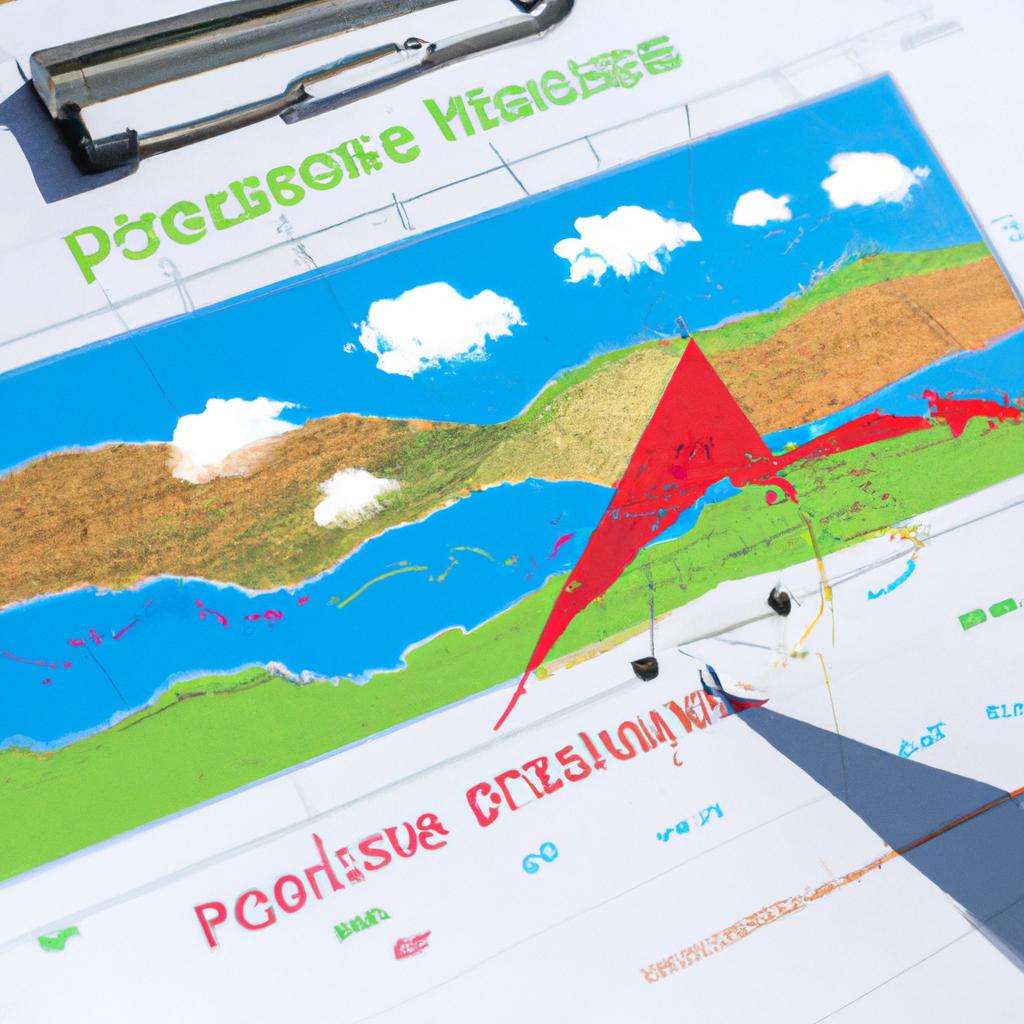Analyzing the Impact of Environmental Factors on Drone-Based Computer Vision Performance
Analyzing the Impact of Environmental Factors on Drone-Based Computer Vision Performance
Drones revolutionize industries by providing unique perspectives and data collection capabilities. They serve agriculture, construction, logistics, and surveillance. However, environmental factors significantly influence their computer vision performance. Understanding these factors optimizes drone operations and improves outcomes.
Environmental Factors Affecting Drones
Drones operate in diverse environments, each presenting unique challenges. Key factors include lighting conditions, weather, and terrain types. These factors affect data quality, crucial for object detection, navigation, and mapping.
Lighting Conditions
Lighting critically affects computer vision performance. Drones encounter varying light conditions, from bright sunlight to nighttime scenarios. Bright sunlight creates glare, hindering sensors from capturing clear images. Low-light conditions result in poor visibility, causing blurry images and insufficient detail.
Drones with advanced sensors struggle under extreme lighting unless properly calibrated. Transitioning from day to night requires adjusting exposure settings, ISO levels, and shutter speeds. Understanding lighting effects on computer vision systems optimizes drone operations.
Weather Conditions
Weather significantly impacts drone performance. Adverse conditions like rain, snow, and fog impair visibility, essential for navigation and data collection. Rain and snow obscure important features, complicating object identification and navigation. Fog limits visibility range and complicates data collection.
Wind influences drone stability and performance. High winds cause drones to sway, resulting in blurry images or loss of control. Monitoring weather becomes essential for safe drone operations. Operators must assess current conditions and forecast changes for safe flights.
Terrain Types
Terrain type significantly impacts drone performance. Urban environments present challenges like obstructions and reflective surfaces that confuse sensors. Drones in urban areas must adapt to rapidly changing landscapes and avoid obstacles. Rural areas may offer clearer views but introduce trees and hills that block visibility.
Different terrains require specific adjustments to camera settings and flight paths. Understanding terrain characteristics allows operators to optimize drone performance, ensuring effective navigation and high-quality data capture.
Conclusion
Environmental factors significantly affect drone performance in computer vision applications. Understanding lighting, weather, and terrain optimizes operations and improves data quality.
Below are related products to the topic if you’re interested:
FAQ
What environmental factors affect drone-based computer vision performance?
Key environmental factors include lighting conditions, weather, and terrain types. Each of these factors can significantly influence the quality of data collected by drones, which is crucial for tasks such as object detection, navigation, and mapping.
How do lighting conditions impact drone operations?
Lighting conditions play a critical role in computer vision performance. Bright sunlight can create glare that hinders image clarity, while low-light conditions can lead to blurry images and insufficient detail. Drones may need to adjust exposure settings and other parameters when transitioning between different lighting scenarios to maintain optimal performance.
What weather conditions should drone operators be aware of?
Adverse weather conditions such as rain, snow, and fog can severely impact drone performance by impairing visibility and complicating navigation and data collection. High winds can also affect stability and control, making it essential for operators to monitor current weather and forecast changes before flying.















Post Comment